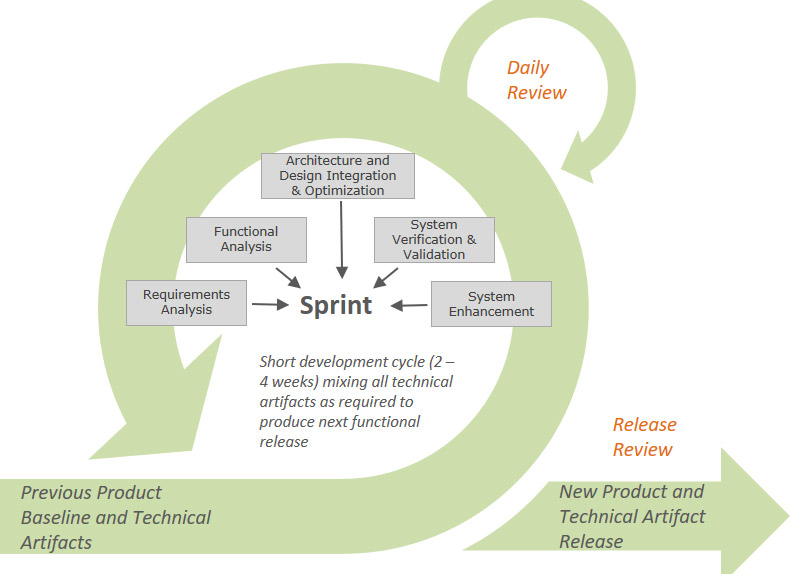Reduced Rotor Vibration
Need
Background
Helicopters by nature of their design experience large amounts of vibration whenever operating. This trait can induce or lead to a great deal of maintenance activity associated with balancing the rotor blades and replacing affected components. This activity can be time consuming and be a significant driver in aircraft unavailability.
Onboard solutions are available to collect the data required to determine improvements but the data needs to be processed and presented in such a way that decision making is easy (actionable data). This requires a detailed understanding of rotorcraft combined with software development and user experience design skills.
The Question
We were asked to develop a set of applications to process the raw aircraft data and present it intuitively to decision makers including fleet managers, engineers and maintainers. The applications should record decisions for record and future analysis.
Approach
The Approach

Results
The Result
Based on our domain knowledge we developed a tool suite capable of providing the end users all of the functions they required and many more. We used Agile in combination with systems engineering principles to take the product from requirements to deployment and support. Most notably we solved challenges in: algorithm execution against large data streams, graphical presentation of signatures in a web browser without loss of insight and maintaining low levels of user workload with efficient data visualizations.
The applications allowed the end operator to achieve levels of rotor smoothing they had not believed possible. This delighted aircrew who now have a much better flying experience. It will also result in reduced fatigue issues in the future which drives increased availability. The end operator has incorporated the tool into their monthly fleet analysis workflow.




